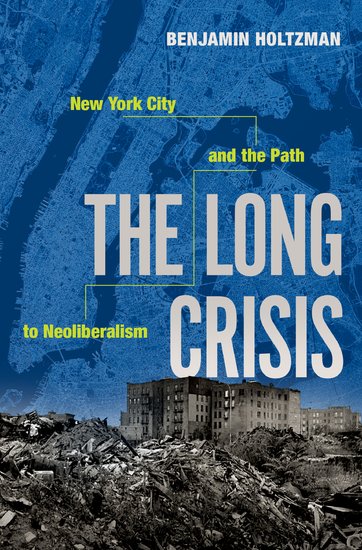These pieces identified specific problems facing New York City in 1965 and 1990, some quite similar (the declining quality of public spaces, rising homicide rates) and some very different (the fate of social welfare programs and real estate investment). What unites them, in Holtzman’s telling, is the language of crisis. Across this quarter-century, he writes, New Yorkers from all walks of life believed their city did not simply have problems but rather was in a state of permanent crisis. As a consequence, these residents began to radically reimagine the very nature of urban governance, transforming the city’s politics, public spaces, and public life. The mayoral endpoints are striking: In 1965, New Yorkers elected the liberal, Herald Tribune–endorsed John Lindsay to address the city’s crises; 28 years later, they called on Rudy Giuliani, City Journal’s favorite radical revanchist, to do the same.
What happened? Holtzman is neither the first historian to ask this question nor the first to answer it by charting the path to neoliberalism, which he specifically defines as a process of marketization: the shifting of goods and services provided by the municipal state into private hands for private gain. Many scholars have chronicled this era in New York City, analyzing the city’s 1975 fiscal crisis, the rise of the real estate sector, and the mayoralty of Ed Koch (1977–89) to explain this dramatic shift. Their accounts have shown how politicians, bankers, real estate moguls, and other elite New Yorkers used and abused the city’s crises to construct the neoliberal city from the top down.
Holtzman builds on this work, but shifts our focus to ordinary New Yorkers, arguing that they shaped the process of privatization in significant, unheralded ways. “The neoliberal turn,” he argues, “rather than simply being imposed by a narrow set of elites, took form through a process of popular marketization that involved a wide range of urbanites who transformed the political economy from the ground up.”
In other words, innovations in privatization that are often ascribed to free-market ideologues and their corporate funders began not in boardrooms but at the grassroots. A decade before the 1980s “condo boom,” urban homesteaders inspired by the communal radicalism of the Black Panthers and Young Lords sought ownership of apartments in buildings abandoned by landlords. Years before the creation of the Central Park Conservancy, New Yorkers across the five boroughs organized massive volunteer efforts to clean up and re-landscape local public parks. Holtzman introduces a remarkable cast of everyday New Yorkers who “possessed little ideological allegiance to the superiority of market solutions” but tried anything and everything to make their homes and neighborhoods livable. Many did so precisely because they hoped to push the city to live up to its liberal promise—to reinvigorate, not undermine, the city’s vaunted system of public goods and social welfare. But nonetheless, “their messaging and actions,” Holtzman writes, “promoted the notions that the city itself was no longer able to solve the crises affecting its livable spaces.” As they took matters into their own hands, typically through forms of voluntarism, they “forged pathways for private actors and the private sector to become key players in major domains of urban life.”
